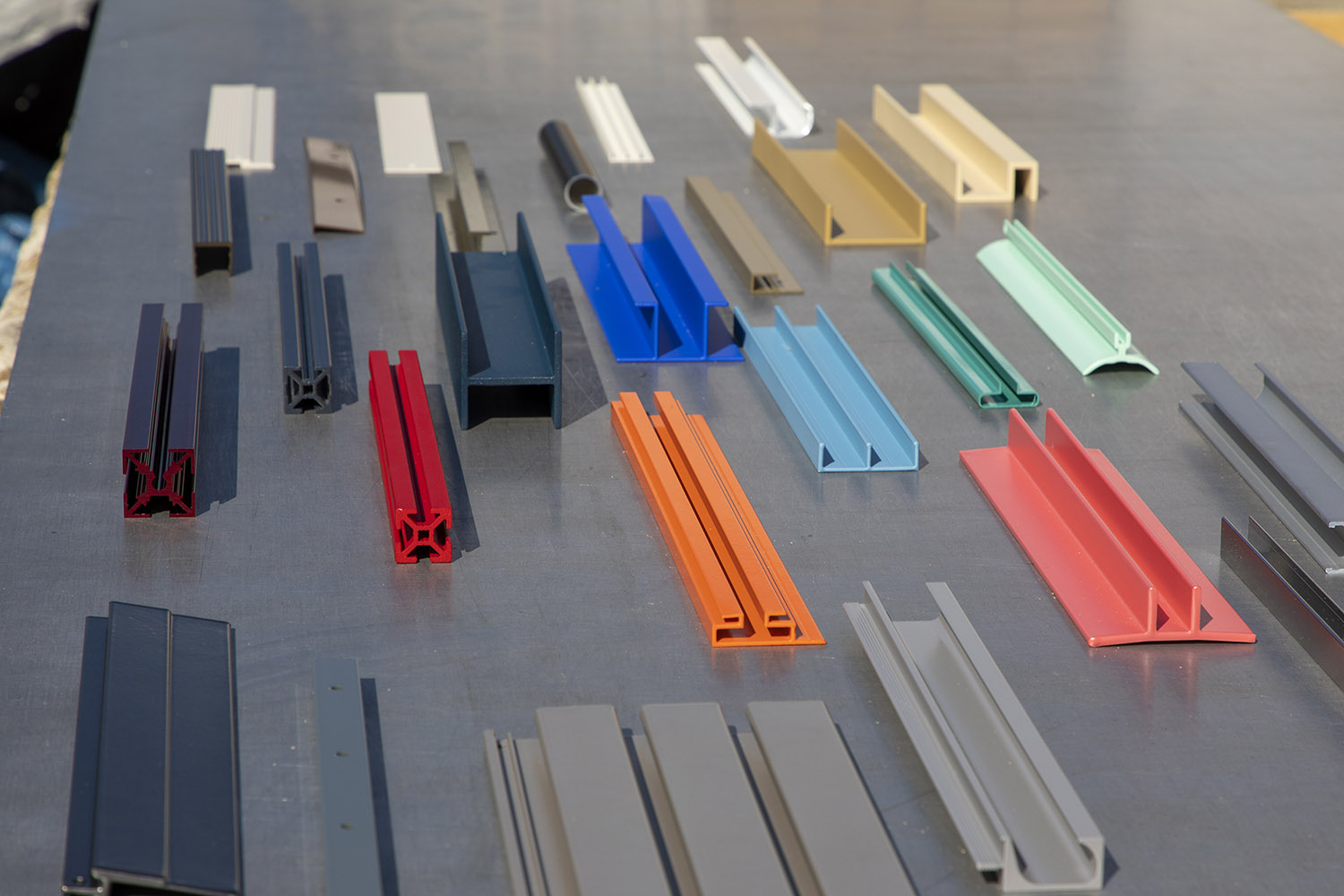Mastering the Aluminum Extrusion Process: Design to Production

Aluminum extrusion is a versatile manufacturing process that plays a crucial role in the production of various products across industries. Whether you're an engineer, designer, or someone curious about the fascinating world of manufacturing, understanding the aluminum extrusion process can be immensely beneficial. In this blog, we'll delve into the intricacies of aluminum extrusion, exploring its key concepts, benefits, applications, and the steps involved in turning a simple aluminum profile into a complex, precision-engineered component.
What is Aluminum Extrusion?
Aluminum extrusion is a manufacturing process that involves shaping aluminum billets or logs into cross-sectional profiles with a consistent shape and size. The process utilizes a die, which applies immense pressure to force the aluminum through an opening, resulting in the desired profile. The versatility of aluminum extrusion allows for the creation of intricate designs, making it a popular choice in a wide range of industries.
Benefits of Aluminum Extrusion:
- Lightweight and Strong: Aluminum extrusions possess an exceptional strength-to-weight ratio, making them ideal for applications where weight reduction is critical.
- Design Flexibility: The extrusion process allows for the creation of complex cross-sectional shapes, facilitating innovative and unique product designs.
- Cost-Effective: Aluminum extrusion offers cost advantages due to its efficiency in material usage, reduced manufacturing steps, and high production rates.
- Excellent Machinability: Aluminum is easy to machine, cut, and join, enabling further customization and assembly.
- Corrosion Resistance: Aluminum extrusions can be anodized or coated to enhance their resistance to corrosion, extending their lifespan.
Applications of Aluminum Extrusion:
- Aluminum extrusions find applications in numerous industries, including:
- Architecture and Construction: Window frames, doors, curtain walls, and structural components.
- Automotive: Structural components, heat sinks, and trim parts.
- Aerospace: Aircraft frames, seating structures, and interior components.
- Electronics: Heat sinks, LED lighting fixtures, and electronic enclosures.
- Renewable Energy: Solar panel frames, wind turbine components, and heat exchangers.
The Aluminum Extrusion Process:
- Design and Die Creation: The first step involves creating a detailed design of the desired profile. Once the design is finalized, a die is produced, which consists of a steel cylinder with an opening that matches the desired shape of the profile.
- Billet Heating: The aluminum billet is heated to a specific temperature to make it more malleable and ready for extrusion.
- Extrusion: The heated billet is placed in the extrusion press, where it is pushed through the die using high-pressure hydraulic force. The aluminum takes the shape of the die and emerges as a continuous profile.
- Cooling and Straightening: The extruded profile is then cooled, either through air or water quenching, to maintain its shape. Straightening processes are applied if necessary.
- Cutting and Finishing: The extrusion is cut to the desired lengths, and any additional machining, surface treatments, or coatings are applied to meet the required specifications.
- Quality Control and Inspection: Various quality checks and inspections are conducted to ensure that the extruded profiles meet the required standards.
The aluminum extrusion process is a remarkable manufacturing technique that enables the creation of highly customizable, lightweight, and durable products across a wide range of industries. By understanding the fundamentals of aluminum extrusion, its benefits, and the sequential steps involved, engineers, designers, and enthusiasts can unlock new design possibilities and optimize their production processes. Embracing aluminum extrusion opens the door to innovative solutions that combine functionality, aesthetics, and cost-effectiveness in the ever-evolving world of manufacturing.



